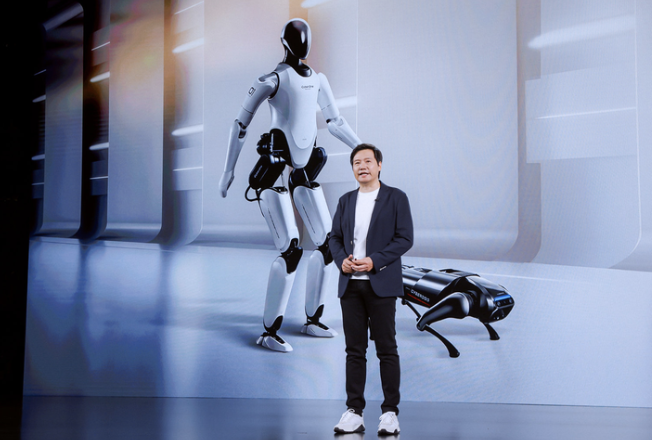
6-7 #Rain : OPPO is committed to “making AI phones accessible to everyone”; Samsung has pre-emptively filed its own suit against Oura; Apple has allegedly tapped Samsung Display and LG Display to develop foldable display; etc.

Tsinghua University’s Department of Precision Instruments has unveiled a new computer chip inspired by the human brain that they say could revolutionize artificial intelligence applications like self-driving cars and smartphones. Tianmoc chip tackles a key challenge for AI: visual perception in complex environments. Traditional chips often struggle with extreme situations like sudden changes in light or strong interference. Tianmoc, however, is designed to handle these scenarios efficiently, boasting high-speed, high-precision and high dynamic range visual processing at low power consumption. Inspired by the human brain, Tianmoc breaks down visual information into “primitives” that are then combined, mimicking human perception. This “dual-pathway” approach surpasses traditional methods and ensures system stability. (Gizmo China, China Daily, Sina, EDN China)
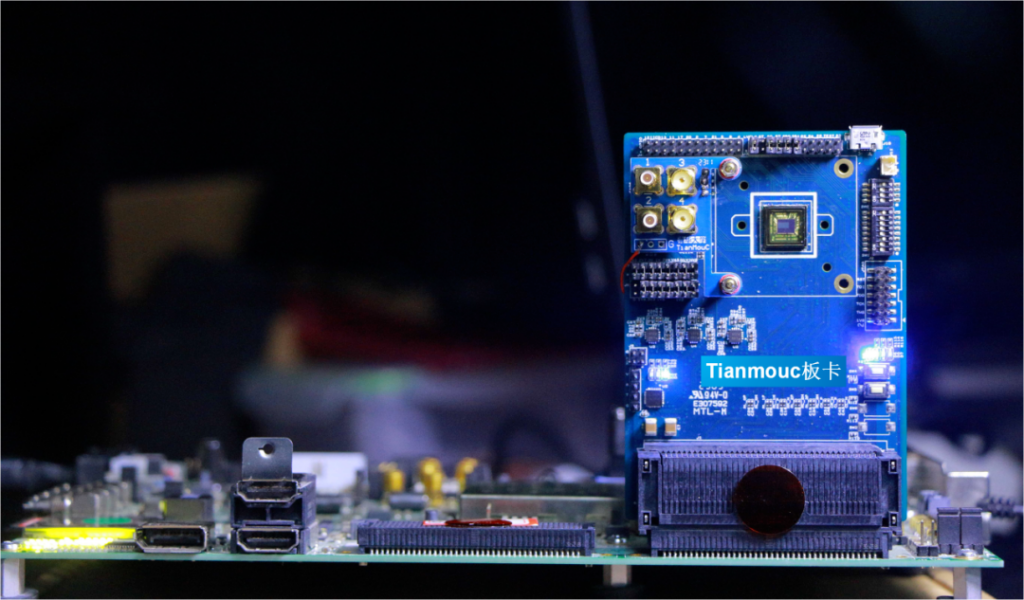
Samsung Electronics is expected to expand its partnership with US-based fabless semiconductor designer Advanced Micro Devices (AMD) into cutting-edge 3nm chip processing technology. For years, the two companies have collaborated on developing the graphics processing unit (GPU) for smartphones and high-bandwidth memory (HBM) chips, which recently emerged as the red-hot DRAM for artificial intelligence devices. AMD Chief Executive Lisa Su has unveiled the company’s plan to mass-produce next-generation chips using 3nm Gate-All-Around (GAA) technology. (CN Beta, KED Global, Tom’s Hardware, Yahoo)
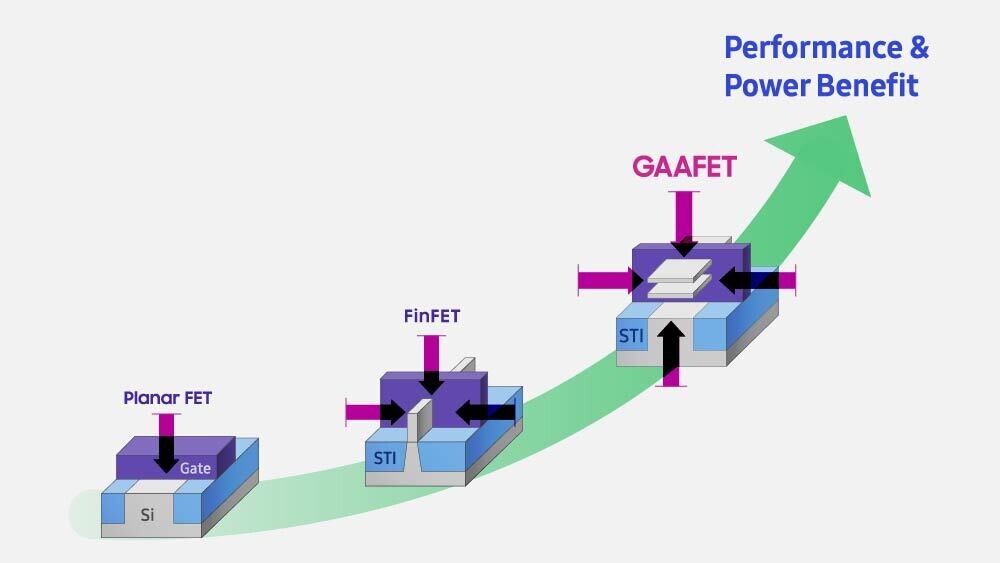
Cristiano Amon, CEO of Qualcomm, has seriously considered collaborating with Samsung Electronics on their foundry services for semiconductor manufacturing. He has indicated that he is contemplating a dual-sourcing production strategy with both TSMC and Samsung Electronics. Recently, the possibility of diversifying the production process of Qualcomm’s “Snapdragon 8 Gen 5” smartphone chip has been a recurring topic in the U.S. Initially, the production of the first-generation Snapdragon 8 was entrusted to Samsung Electronics’ foundry, but due to issues such as overheating, subsequent generations were assigned to TSMC. However, the recent release of the Snapdragon X Elite, which has been popularly integrated with Microsoft’s CoPilot+ PC, has led to an increase in production demand, prompting Qualcomm to reconsider its collaboration with Samsung Electronics. Moreover, Qualcomm internally appreciates Samsung Electronics’ next-generation 2-nm advanced fine process foundry technology and is considering reassigning production volumes to achieve diversification in its manufacturing processes.(Gizmo China, Business Korea)

ASML CFO Roger Dassen has revealed that ASML’s two largest customers, TSMC and Intel, will receive so-called high numerical aperture (high NA) extreme ultraviolet (EUV) lithography systems by the end of 2024. Intel has previously ordered the latest high-NA EUV equipment, and the first equipment was shipped to a factory in Oregon at the end of Dec 2023. ASML’s new machines can imprint semiconductors with a line width of only 8nm, 1.7 times smaller than the previous generation of machines, and will be used to produce chips that power artificial intelligence applications and advanced consumer electronics. The machines cost EUR350M (USD380M) each and weigh as much as two Airbus A320s. ASML is the only company in the world that produces extreme ultraviolet lithography technology, and demand for its products is a litmus test for the development trajectory of the industry.(CN Beta, Reuters, Bloomberg, Taipei Times)
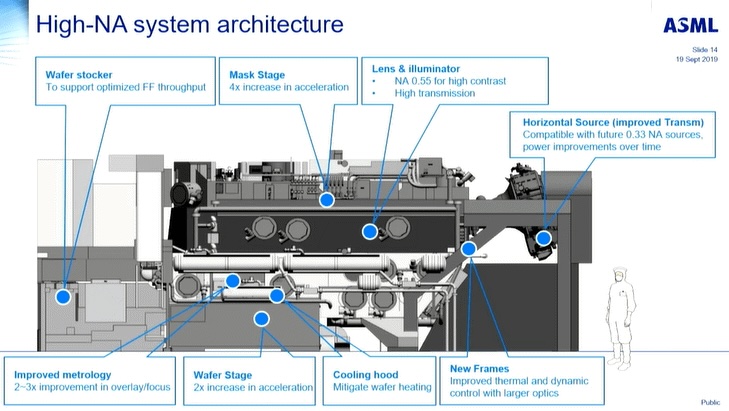
Intel wants to supply as many of its chips as it can to China, according to the CEO Pat Gelsinger, warning that overly strict U.S. export controls would only spur Asia’s leading economy to develop its own semiconductors. He has indicated that the company will continuing to pursue exporting all of their products to China, and they are continuing to make products like Gaudi available. Washington has progressively tightened its export controls on shipments of advanced chips and chipmaking tools to China in response to alleged national security threats and to rein in Beijing’s tech ambitions. The controls affect not only Intel but also competitors AMD and Nvidia restricted from shipping its powerful GPUs to China. Gelsinger added, however, that if the U.S. clamps down too firmly on China’s chip sector, there was a risk of the move backfiring. He said that if that line is too restrictive, then China has to build its own chips.(CN Beta, Asia Nikkei, TrendForce)
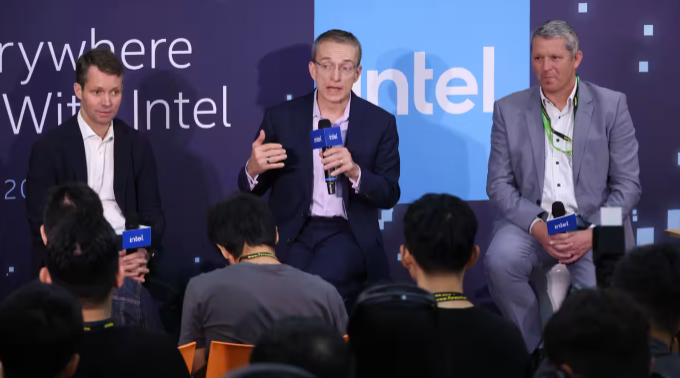
Intel wants to regain its position as the world’s leading chipmaker, CEO Pat Gelsinger said, after being overtaken by rivals TSMC and Samsung in recent years. He has indicated that they want to build everybody’s chips, everybody’s AI chips, and they want them to be built leveraging the U.S. factories.(CN Beta, CNBC)
MediaTek has announced Kompanio 838 chipset aimed at next-generation Google Chromebooks with support for on-device AI. The MediaTek Kompanio 838 will debut in Lenovo Chromebooks. The Kompanio 838 is an octa-core chipset based on a 6nm process, which MediaTek said assures better battery performance. MediaTek stated that the new Kompanio chip for Chromebooks supports two 4K displays output at once and boasts an integrated Neural Processing Unit (NPU) capable of 4 TOPS for on-device AI performance. The Kompanio 838 has a dedicated AI processor, the MediaTek NPU 650, which enables more interactive and higher quality multimedia with unparalleled power efficiency. MediaTek NPUs are designed for efficient image data processing, capable of quickly executing complex computations.(Gizmo China, MediaTek, TechTimes, Business Standard)
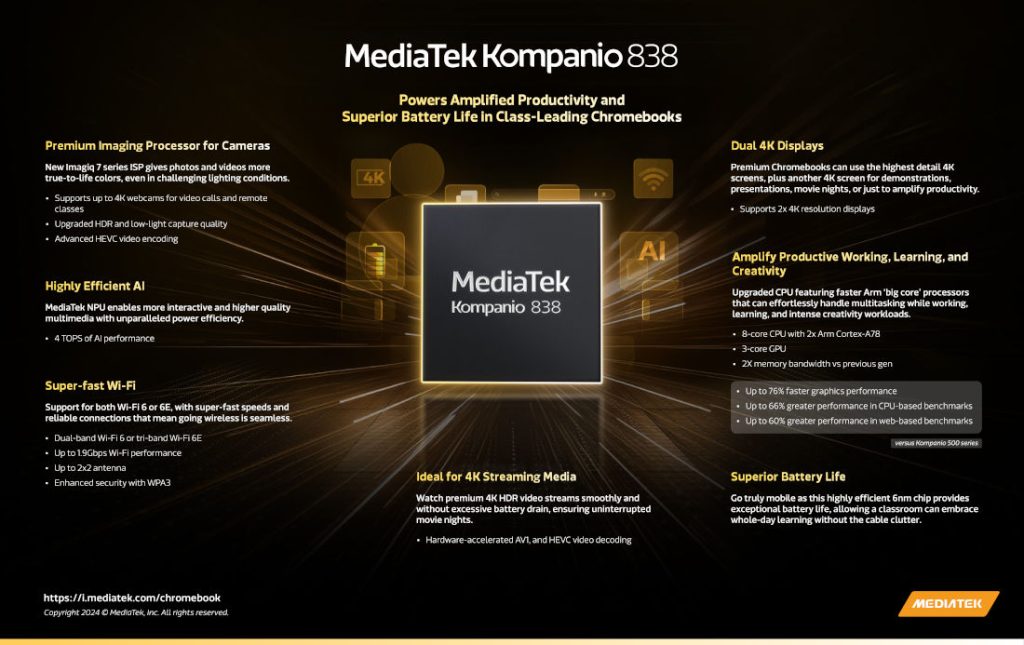

TrendForce reports that shipments of foldable phones are expected to reach 17.8M units in 2024, making up only 1.5% of the smartphone market. Despite high repair rates and costs, market penetration is projected to climb to 4.8% by 2028. Samsung, a trailblazer in the foldable phone market, commanded over 80% of the market share in 2022. However, with increasing competition from various brands in 2023–2024, Samsung’s share dropped from 60% and it now struggles to maintain 50%. Huawei made significant strides with its 4G Pocket S in 2023, boosting its market share to 12%. In 2024, Huawei released upgraded 5G models like the Mate X5 and Pocket 2. Additionally, they are set to launch the world’s first tri-fold phone in Q3, which could potentially raise their market share to nearly 30%. (Android Headlines, MacRumors, TrendForce, TrendForce)
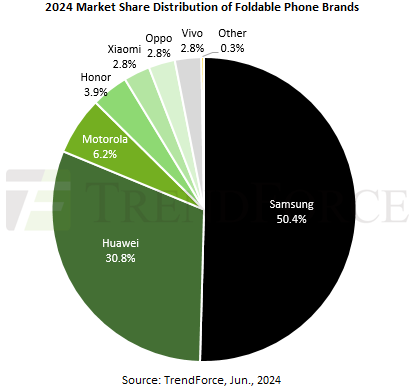
Corning Incorporated has announced the launch of Corning Gorilla Glass 7i, a new cover glass engineered to deliver improved durability for intermediate and value-segment mobile devices. In Corning lab tests, Gorilla Glass 7i survived drops of up to one meter on surfaces replicating asphalt. Competitive lithium aluminosilicate glass from other manufacturers typically failed when dropped from half a meter or less. Additionally, Gorilla Glass 7i is up to two times more scratch resistant than competitive lithium aluminosilicate cover glasses. (Android Authority, GSM Arena, Corning)

Apple has allegedly tapped Samsung Display and LG Display to develop foldable screen panels for its upcoming devices. Samsung is likely to develop a foldable panel for a device in the 7”-8”range, hinting at Apple’s first foldable iPhone. This phone-sized foldable would be similar in size to the iPad mini and could potentially boast a design that folds horizontally or vertically, with Samsung prepping solutions for both. LG Display’s other project involves a 10” foldable panel, speculated to be destined for a new iPad. This foldable iPad is expected to integrate seamlessly with the existing iPad ecosystem. (Gizmo China, The Elec)
LG Display has reportedly supplied its two-stack tandem OLED panel to Dell’s notebook. Dell’s XPS13 will use LG Display’s 13” OLED panel. The notebook offers a liquid crystal display (LCD) model and an OLED model. The LCD model is 15.3mm thick when closed and weighs 1.19kg while the OLED model has a thickness of 14.8mm and weighs 1.17kg. The OLED model also offers a touch screen. A two-stack tandem OLED has two emission layers rather than one as in single-stack OLED panels. This means it offers higher brightness and also has a longer lifespan. It is expected to ship around 100,000 units of the panel before the month’s end for Dell. The facility is also manufacturing the OLED panels used by Apple. LG Display has so far spent KRW3.4T in E6-4. (The Elec)
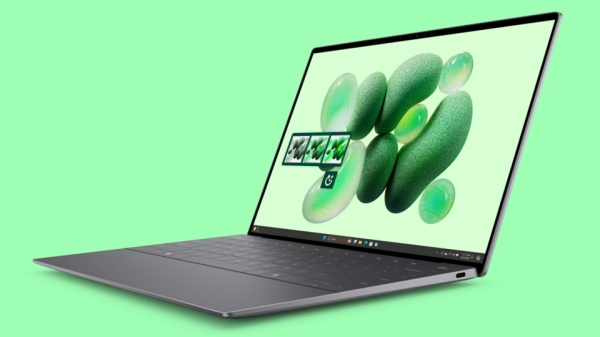
Xiaomi’s first small foldable MIX Flip appeared in the IMEI database. This device will be launched and sold globally. It is reported that the international version of Xiaomi MIX Flip is 2405CPX3DG, where G stands for “Global”, and the China’s domestic version is 2405CPX3DC. Xiaomi MIX Flip is equipped with Qualcomm Snapdragon 8 Gen3 mobile platform, equipped with a 50Mp main camera, a 60Mp 2x telephoto and a 12Mp ultra-wide angle. The main camera sensor size is 1/1.55 inches, and the telephoto sensor size is 1/2.8 inches. It supports OIS optical image stabilization. In addition, a large outer display is embedded in the back of Xiaomi MIX Flip. HyperOS will be deeply adapted to this large outer display to bring a new interactive experience.(CN Beta, My Drivers, CNMO, GSM Arena)
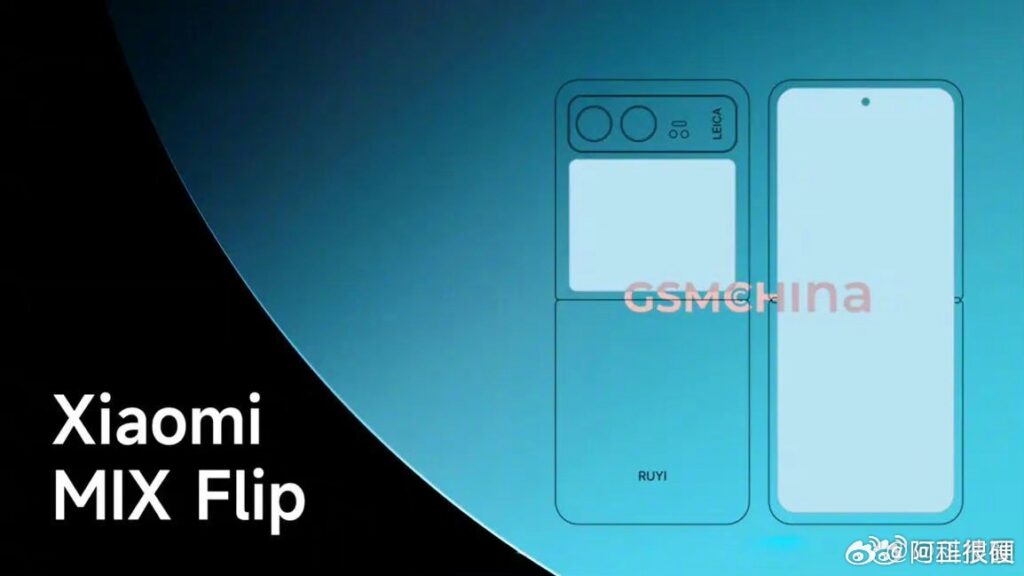

TECNO is partnering with the Asian Communication Research Centre (ACRC) at Nanyang Technological University (NTU) Singapore to study skin tone and smartphone portrait imaging preferences among Southeast Asian consumers. The collaboration aims to enhance TECNO’s Universal Tone technology by incorporating scientific research. Surveys in Indonesia and the Philippines will help establish cultural benchmarks and define how skin tones are represented in Southeast Asian imagery.(GizChina, PR Newswire, Gizmo China)


Goodix has partnered with vivo to develop an ultrasonic biometric sensor. Unlike traditional light-based methods, this technology utilizes a proprietary CMOS sensor architecture capable of detecting ultrasonic signals. The self-developed CMOS architecture enhances signal-to-noise (SNR) ratio and recognition performance. Unlike traditional optical fingerprint sensors, which rely on light to capture a 2D image of a fingerprint, the Goodix ultrasonic fingerprint sensor utilizes ultrasonic waves. These waves capture surface details and unique features of the finger in 3D. Goodix has enhanced the efficiency and biometric performance of its sensor by integrating acoustic processing at the wafer level, leading to reduced costs and improved scalability. This processing level can potentially enhance the SNR and reliability of the detection mechanism. (Android Headlines, Twitter, Goodix, Yole Group)


The Defense Advanced Research Projects Agency (DARPA) has tasked space startup Slingshot Aerospace with developing a new tool that could pick out potentially nefarious satellites purposefully hiding in mega-constellations. That system is called Agatha, and it could provide a huge boon for national space security. DARPA officially selected Slingshot for the program — called Predictive Reporting and Enhanced Constellation Objective Guide (PRECOG) — Mar 2023, and the work formally concluded this January. The company was awarded around USD1M for the work, according to government contracting database HigherGov. Slingshot researchers generated 60 years’ worth of synthetic constellation data with which to train Agatha, so that the system could detect minute differences in satellite behaviour, using those differences to deduce the satellite’s true operational directives. (CN Beta, Yahoo, The Defense Post, Aerospace America)


OPPO has announced it is committed to “making AI phones accessible to everyone”. To do so, the firm says it will no longer limit generative AI to flagship phones and select users. Instead, the manufacturer says it plans to bring full-stack transformation and ecosystem restructuring of AI phones to bring LLMs to all of its product lines. According to President of Overseas MKT, Sales, and Service at OPPO Billy Zhang, for the first time in the industry, OPPO is bringing generative AI to all product lines. By the end of 2024, they expect to bring generative AI features to about 50M users.(Android Authority, OPPO)
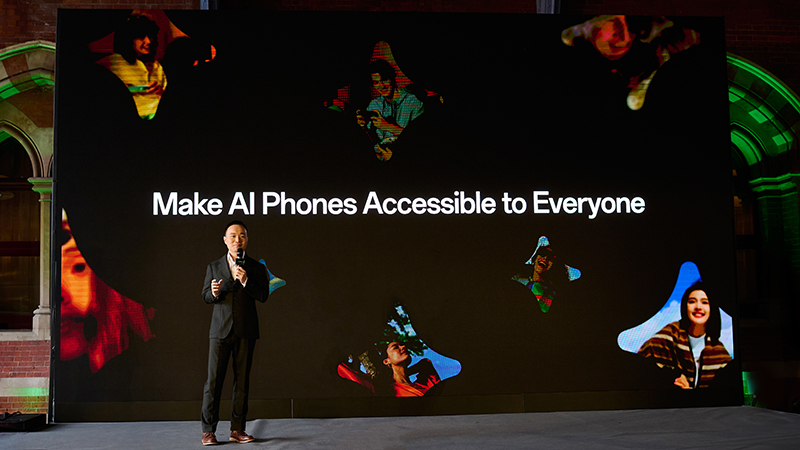
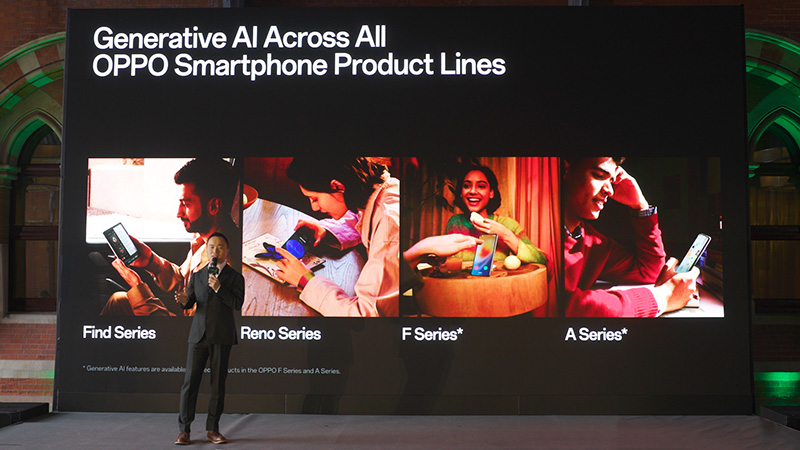
Samsung’s EVP and Head of R&D Mobile Experience, Won-Joon Choi, said the company will “further optimize” Galaxy AI on the Flip6 and Fold6. He has said the company is interested in creating a “completely new and unique AI experience”. He has also detailed the company’s plans to expand its on-device AI features like “Live Translate”. Samsung is working to enable Live Translate functionality on third-party messaging apps with support for voice calls.(Android Central, Samsung)
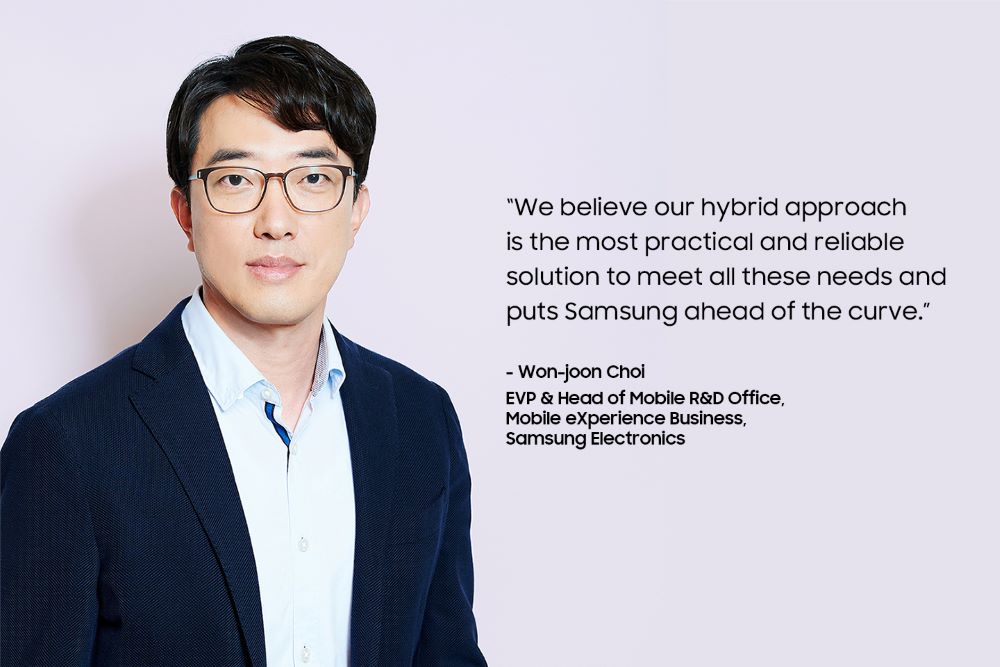

Google has acquired Cameyo, a company developing virtualization tools to run Windows apps on ChromeOS devices. Google partnered with Cameyo in 2023 to deliver a virtual application experience for legacy Windows desktop apps that was integrated into ChromeOS. This included local file system integration, virtual apps as progressive web apps, and even enhanced clipboard support. Cameyo’s Virtual App Delivery (VAD) integration into ChromeOS is designed for businesses that are looking to move away from Windows or even add some ChromeOS devices into the mix. It allows businesses to continue running virtualized Windows apps on ChromeOS without exposing a full version of Windows so that apps just feel like they’re running on ChromeOS side by side with Chrome and other web apps.(CN Beta, Google, The Verge, TechCrunch)


Samsung has pre-emptively filed its own suit against Oura, seeking a “declaratory judgment” that states the Galaxy Ring does not infringe on five Oura patents. The suit alleges that Oura has a pattern of filing patent suits against competitors based on “features common to virtually all smart rings.” In particular, the suit references sensors, electronics, batteries, and scores based on metrics gathered from sensors. The case lists instances in which Oura sued rivals like Ultrahuman, Circular, and RingConn, sometimes before they even entered the US market. (Android Central, The Verge, Courtlistener)
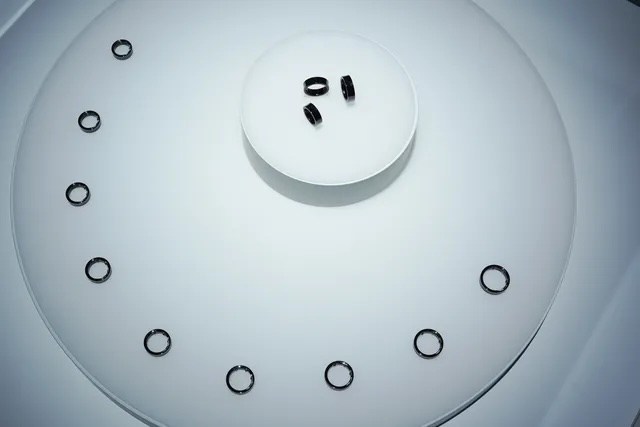
Samsung has unveiled One UI 6 Watch for Wear OS-based Galaxy Watches. Samsung is bringing Galaxy AI to its smartwatches with the One UI 6 Watch update. With the help of activity and health data in Samsung Health, the company will offer personalized health tips and motivational encouragement to Galaxy Watch users. Energy Score, a new feature in Samsung Health, helps user understand daily condition. This feature examines several aspects of health and routines, including average sleep time, bed / wake time consistency, heart rate variability, previous day activity, sleep time consistency, sleep timing, and sleeping heart rate, to help understand if it is safe to work out that day. (CN Beta, Samsung, Forbes, SamMobile)
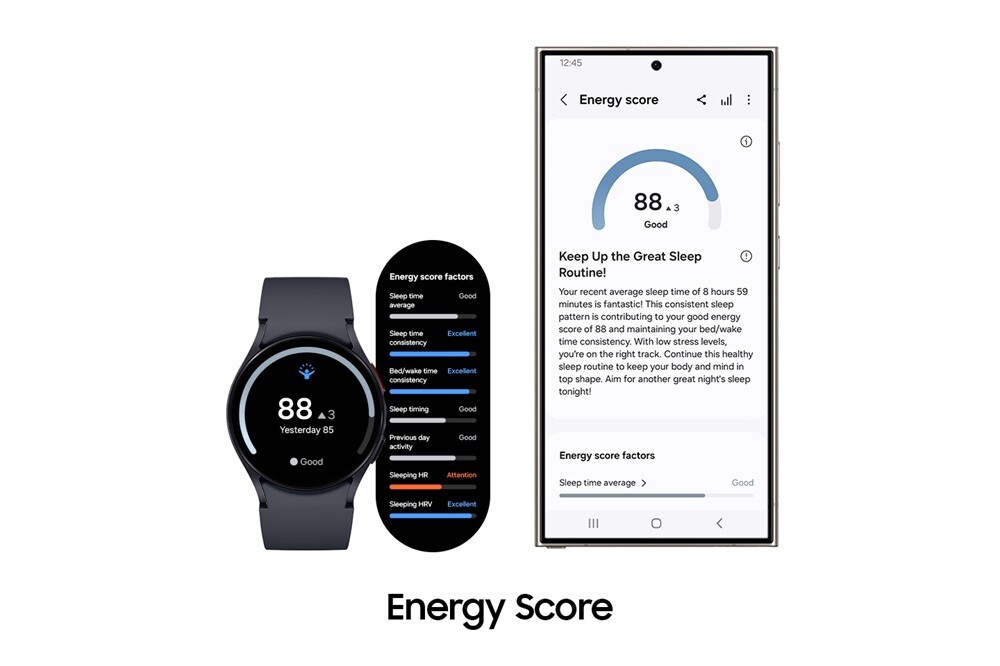
The wearables market began 2024 with a growth spurt as global shipments of wearable devices grew 8.8% YoY in 1Q24 to 113.1M units, according to IDC. Despite the shipment growth, average selling prices (ASPs) declined for the fifth quarter in a row, dropping 11% in 1Q24 as emerging markets gained traction and as the economy put downward pressure on consumer spending. The lack of major innovation in the premium segment has allowed tier-2 brands to narrow the gap across the board. Apple maintained the top position although it was held back by poor macroeconomic conditions, a temporary ban on certain watch models, and the lack of newer AirPods. Overall, Apple Watch shipments declined 19.1% YoY while hearables including AirPods and Beats declined 18.8% during the quarter. (GSM Arena, IDC)
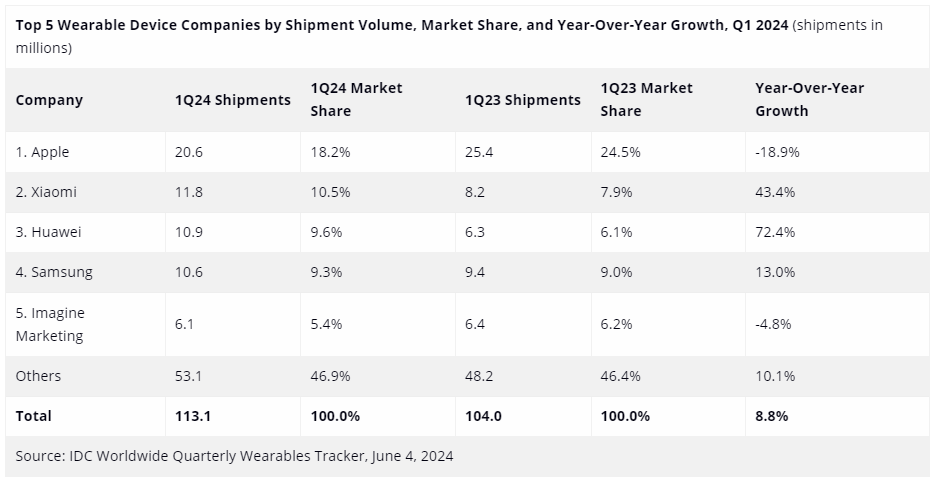
Samsung will be ending support for its Tizen-based smartwatches, according to a notice posted via the Galaxy Store, with the first phase of sunsetting starting on 30 Sept 2024. Following the deadline, the electronics giant will cease sales of content on the Galaxy Store for the wearable operating system, which includes apps and customisable watch faces. Users will be able to download free content from the platform’s app store until 31 May 2025, while content that was previously purchased from the Galaxy Store can be downloaded through the “My Apps” page until 30 Sept 2025, after which service for Tizen will be terminated. (Galaxy Club, GSM Arena, TechRadar, Tom’s Guide)
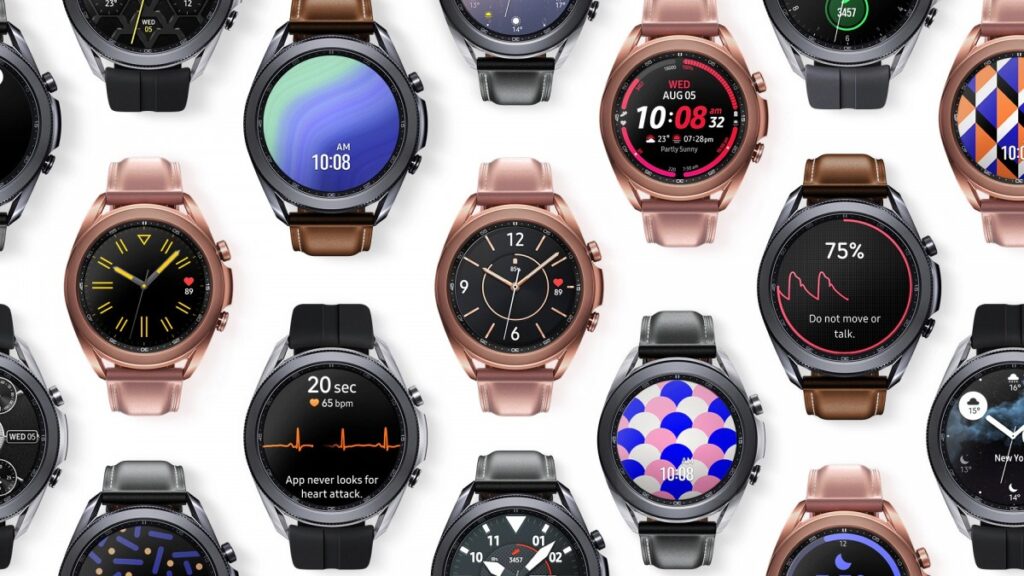

Dongfeng Motor has officially signed a partnership with Ubtech Robotics for using its humanoid robots in tasks related to car manufacturing. With this partnership, Ubtech’s industrial version of the humanoid robot Walker S will be employed in Dongfeng Motor’s production line to execute a series of tasks in the manufacturing process. It will reportedly include an inspection of the seat belts, door locks, headlight cover, body quality, rear cover, and interior. The robots are also expected to handle many other tasks including oil filling, front axle subassembly, collection and material picking, attaching the logo, and label printing. Notably, the robots will operate in collaboration with traditional automation equipment.(Gizmo China, Electrek, Carscoops, IT Home)

Xiaomi unveiled the CyberOne, its first humanoid robot in 2022, which is reportedly equipped with high power density actuators. It joins the company’s Cyber series robots – the CyberDog and CyberDog 2. Xiaomi Robotics is currently actively promoting a phased implementation of the robot in its own manufacturing system. According to the company, the intelligence of the robots could be utilized in specific scenarios of its manufacturing process. Xiaomi reportedly envisions building an open-source platform through technological innovations and breakthroughs. The company also reportedly plans to expand the application to various industries such as electronics, machinery, artificial intelligence and automobiles. The project is expected to become Beijing’s first humanoid product development, manufacturing and application demonstration project.(Gizmo China, NBD)
